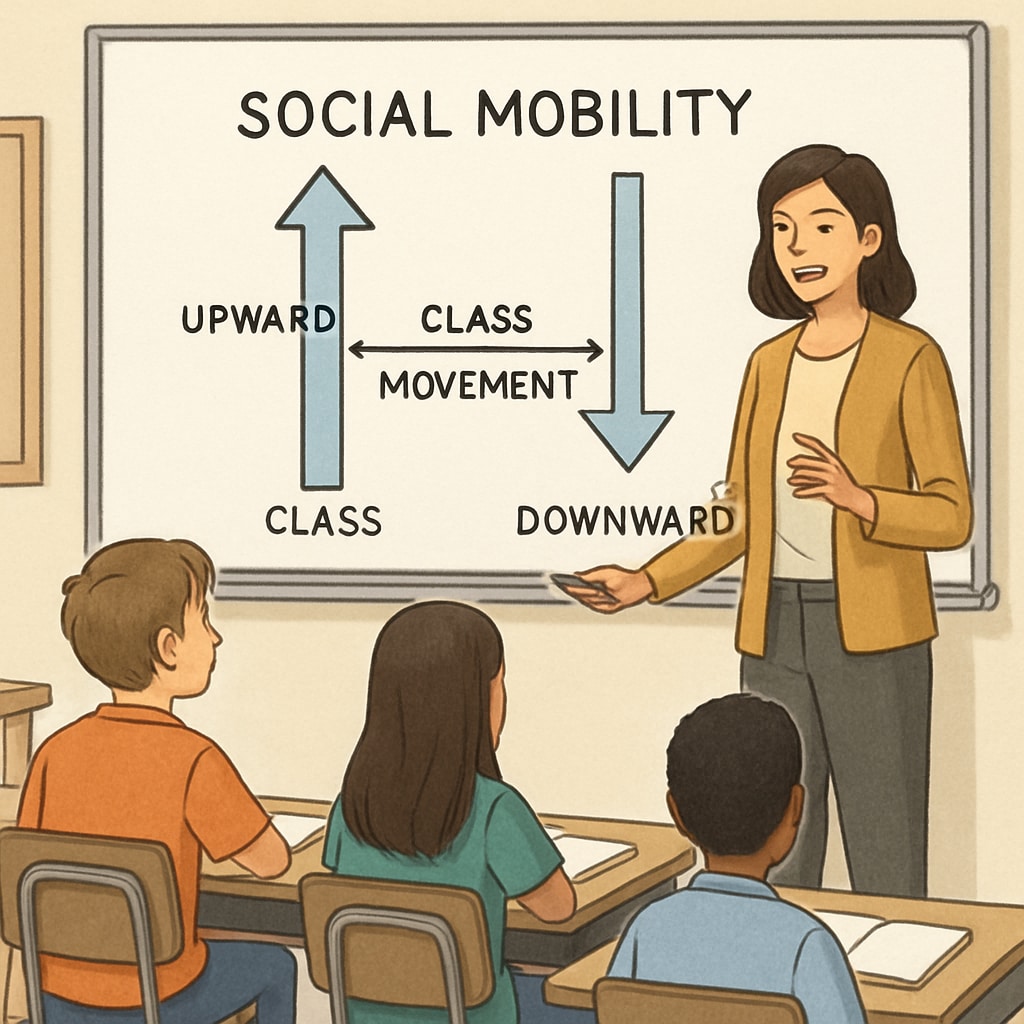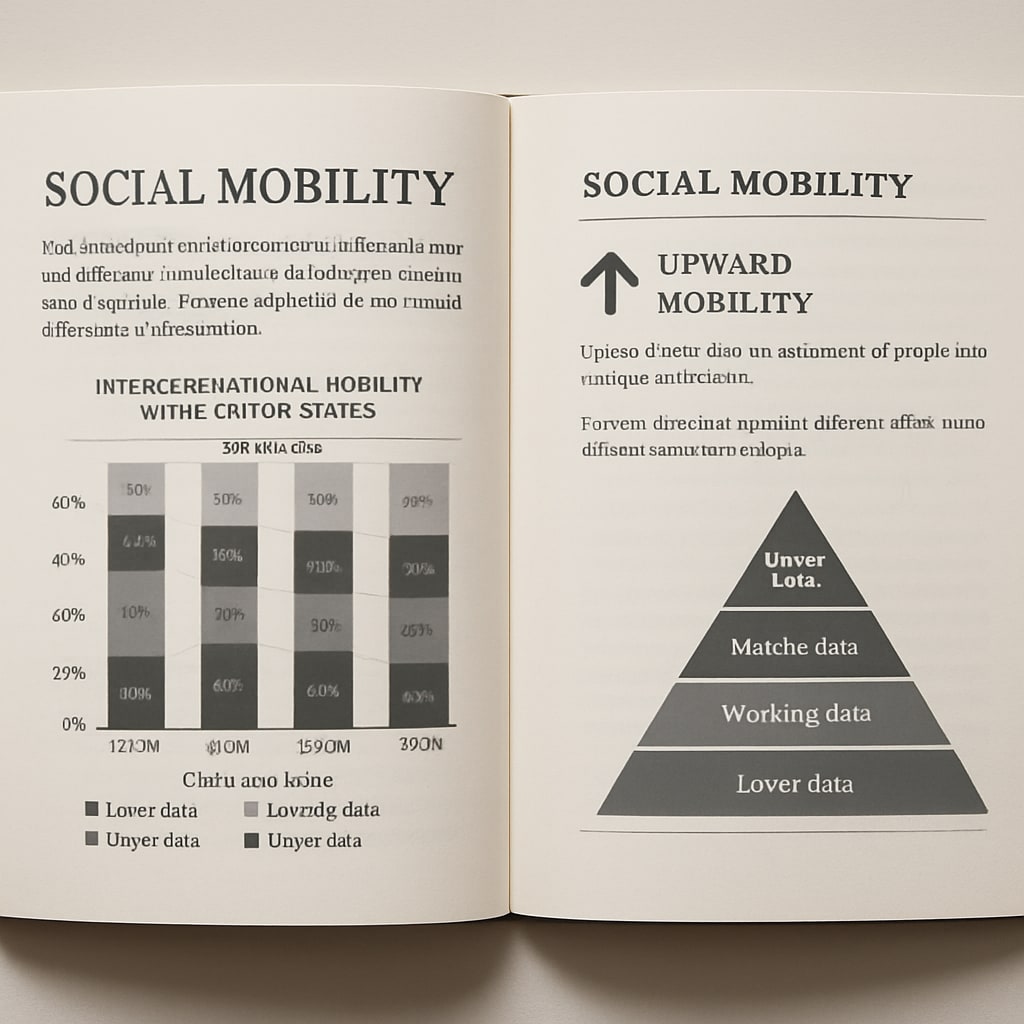The concepts of class systems, sociology education, and rigid ideas have become the center of a heated debate after a sixth-grade sociology lesson wrongly informed students that social class is “unchangeable.” This teaching method not only misrepresents the dynamics of social mobility but also risks instilling a false belief that could undermine students’ aspirations and personal growth. In this article, we will explore the implications of such rigid ideologies and emphasize the importance of presenting a balanced view of social mobility in education.
Misrepresenting Social Mobility: The Risks of Teaching Class Stagnation
Social mobility—the ability for individuals to move between social classes—is a cornerstone of modern sociology. It highlights the dynamic nature of societal structures, where education, economic opportunities, and personal effort can lead to upward mobility. However, teaching children that social classes are “unchangeable” negates this principle entirely, presenting a distorted view of reality.
Such messages can have harmful repercussions, including:
- Discouraging students from striving for better opportunities.
- Reinforcing stereotypes about marginalized groups.
- Fostering a sense of defeatism among young learners.
For example, a child from a lower-income family may internalize this narrative and believe their circumstances are permanent, reducing their motivation to pursue higher education or career growth.

Why Balanced Sociology Education Matters
Teaching sociology requires a nuanced approach that considers the complexities of social systems without oversimplifying or distorting them. Educators should strive to provide students with an accurate understanding of social mobility, emphasizing factors such as:
- The role of education in enabling upward mobility.
- How government policies and economic factors shape social class dynamics.
- Examples of individuals or groups who have overcome class barriers.
By doing so, students can develop critical thinking skills and a realistic sense of agency, empowering them to envision possibilities beyond the constraints of their current circumstances.
Furthermore, educators can utilize resources from reputable platforms like Wikipedia’s Social Mobility page or Britannica’s Social Class article to ensure their teaching materials are accurate and updated.

Moving Forward: Encouraging Critical Inquiry in Students
To counter the risks of perpetuating rigid narratives, schools must prioritize critical inquiry in their curriculum. Encouraging students to question societal norms, analyze data, and explore case studies can help dismantle preconceived notions about social class. For example, educators might:
- Host discussions on historical figures who defied class barriers.
- Introduce interactive activities like simulating economic decision-making.
- Promote interdisciplinary learning by connecting sociology to economics and history.
These methods not only make learning engaging but also instill a sense of optimism about personal and collective growth.
In addition, collaboration with parents and communities can further reinforce positive messages. Workshops or seminars for families can address misconceptions about social mobility, ensuring that students receive consistent encouragement both at home and in school settings.
Conclusion: Rethinking the Role of Education in Shaping Perspectives
Education holds immense power in shaping how young minds perceive the world. Misrepresenting social mobility as unattainable risks creating a generation that feels trapped by circumstances rather than inspired to overcome them. It is the responsibility of educators to challenge such narratives and provide students with the tools to understand and navigate the complexities of social class.
By fostering a balanced approach to sociology education, we can help students develop resilience, ambition, and a belief in their ability to achieve upward mobility. As a result, they will be better equipped to contribute positively to society, breaking down barriers and redefining what is possible.
Readability guidance: This article uses short paragraphs and lists to summarize key points. It avoids excessive passive voice and long sentences, ensuring clarity and accessibility for a wide audience.


